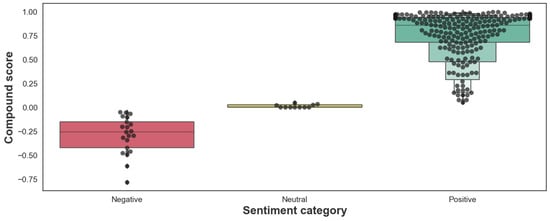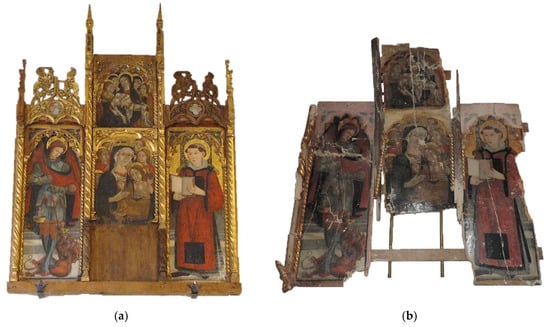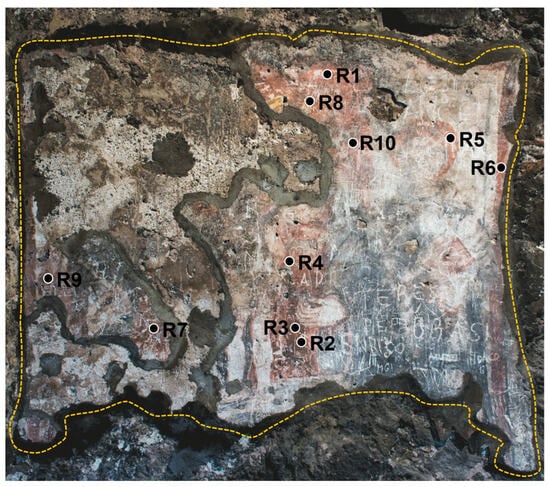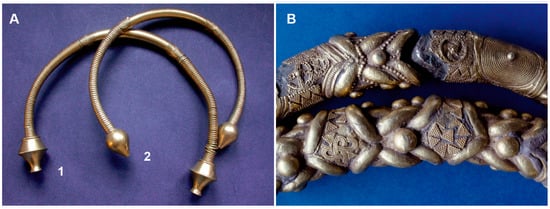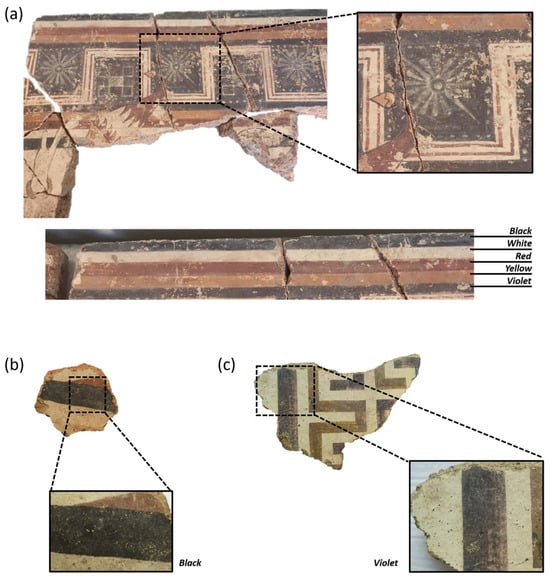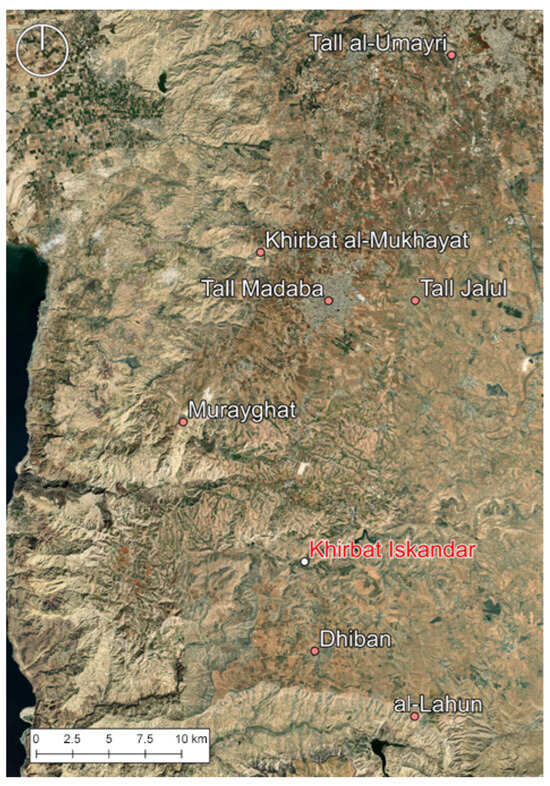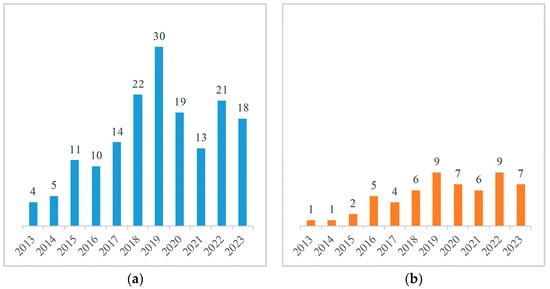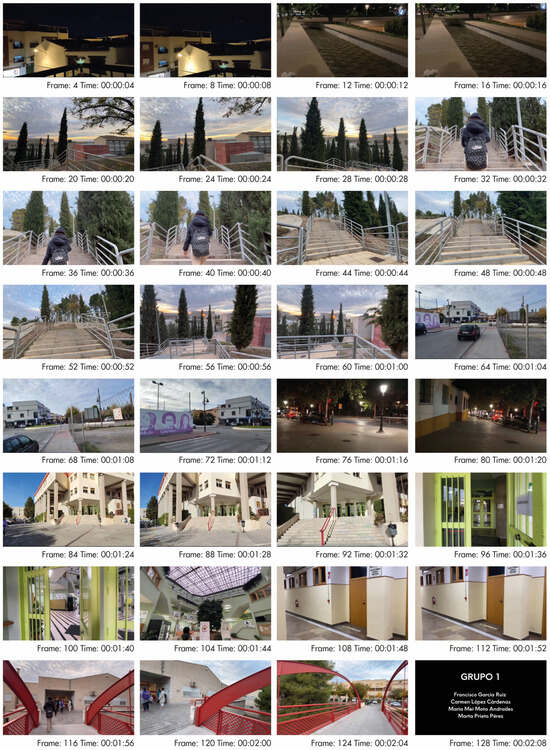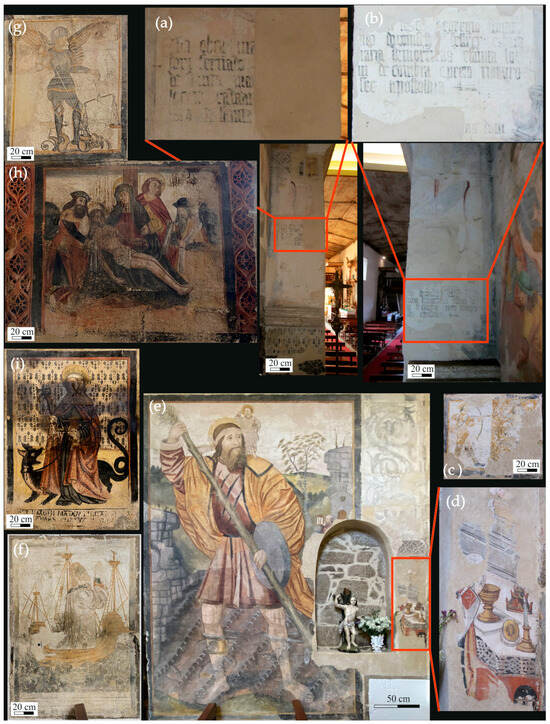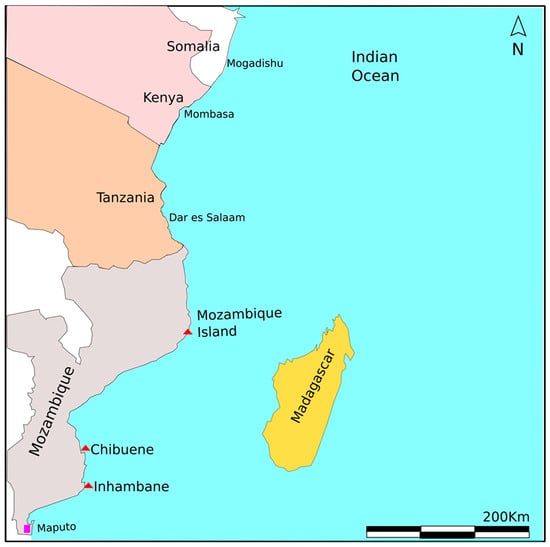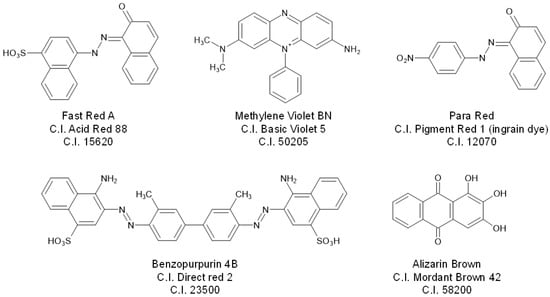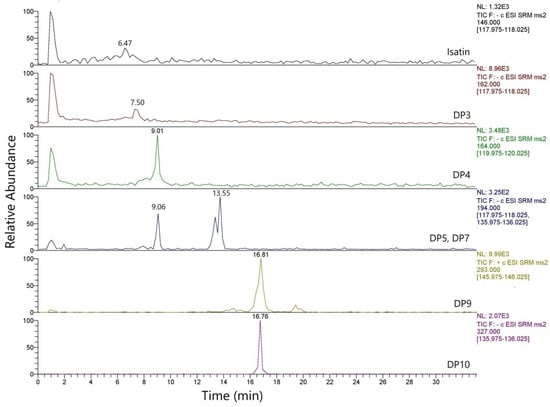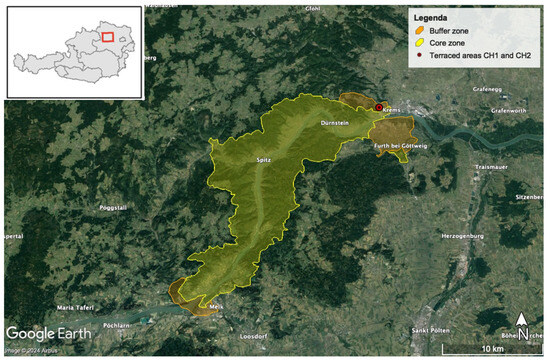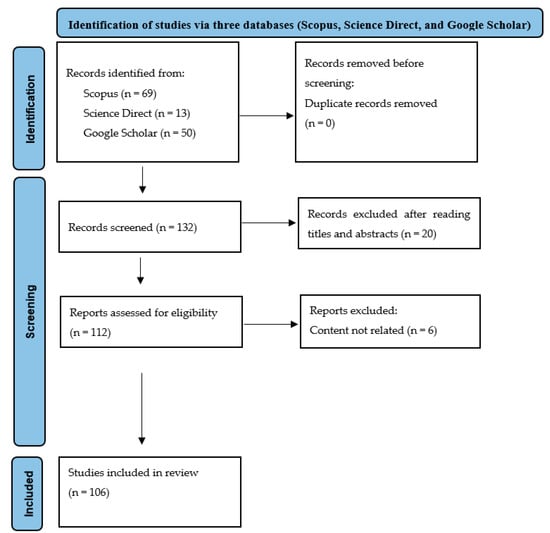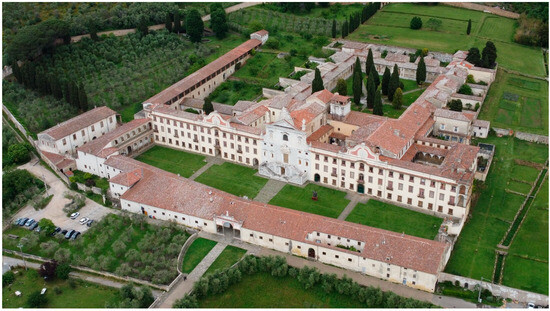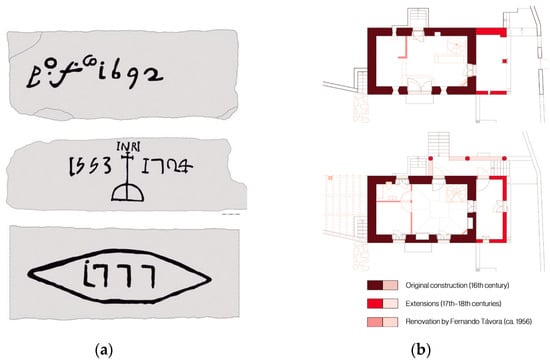-
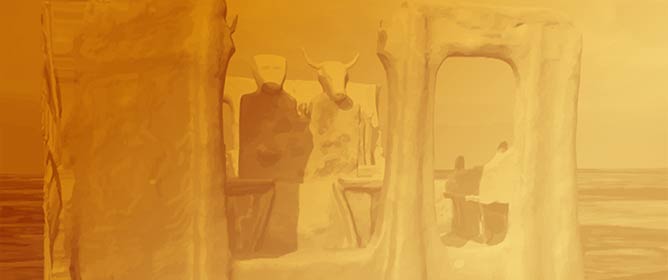 From 3D Point Cloud to an Intelligent Model Set for Cultural Heritage Conservation
From 3D Point Cloud to an Intelligent Model Set for Cultural Heritage Conservation -
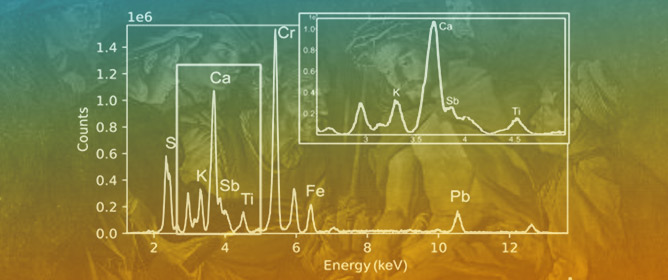 Naples Yellow Revisited: Insights into Trades and Use in 17th-Century Sicily from the Macro X-ray Fluorescence Scanning of Matthias Stomer’s ‘The Mocking of Christ’
Naples Yellow Revisited: Insights into Trades and Use in 17th-Century Sicily from the Macro X-ray Fluorescence Scanning of Matthias Stomer’s ‘The Mocking of Christ’ -
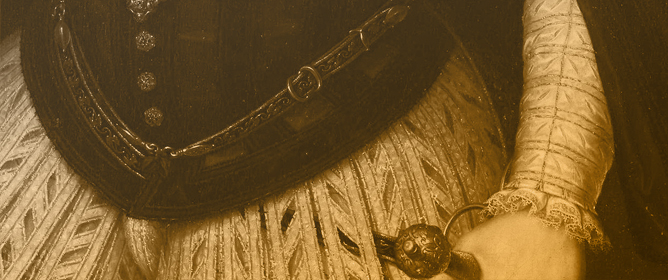 Domesticating Colour in the Early Modern Age: Dyeing Wool in Black in Portugal
Domesticating Colour in the Early Modern Age: Dyeing Wool in Black in Portugal
Journal Description
Heritage
- Open Access— free for readers, with article processing charges (APC) paid by authors or their institutions.
- High Visibility: indexed within Scopus, ESCI (Web of Science), and other databases.
- Journal Rank: CiteScore - Q1 (Conservation)
- Rapid Publication: manuscripts are peer-reviewed and a first decision is provided to authors approximately 16.9 days after submission; acceptance to publication is undertaken in 3.4 days (median values for papers published in this journal in the second half of 2023).
- Recognition of Reviewers: reviewers who provide timely, thorough peer-review reports receive vouchers entitling them to a discount on the APC of their next publication in any MDPI journal, in appreciation of the work done.
Latest Articles
E-Mail Alert
News
Topics
Deadline: 31 May 2024
Deadline: 30 September 2024
Deadline: 31 October 2024
Deadline: 30 April 2025
Conferences
Special Issues
Deadline: 30 April 2024
Deadline: 31 May 2024
Deadline: 14 June 2024
Deadline: 30 June 2024



